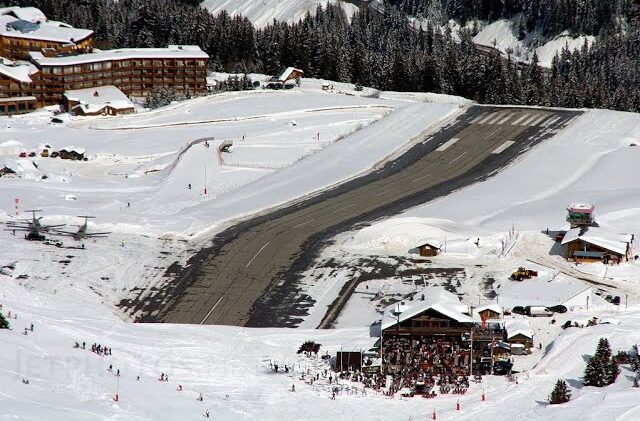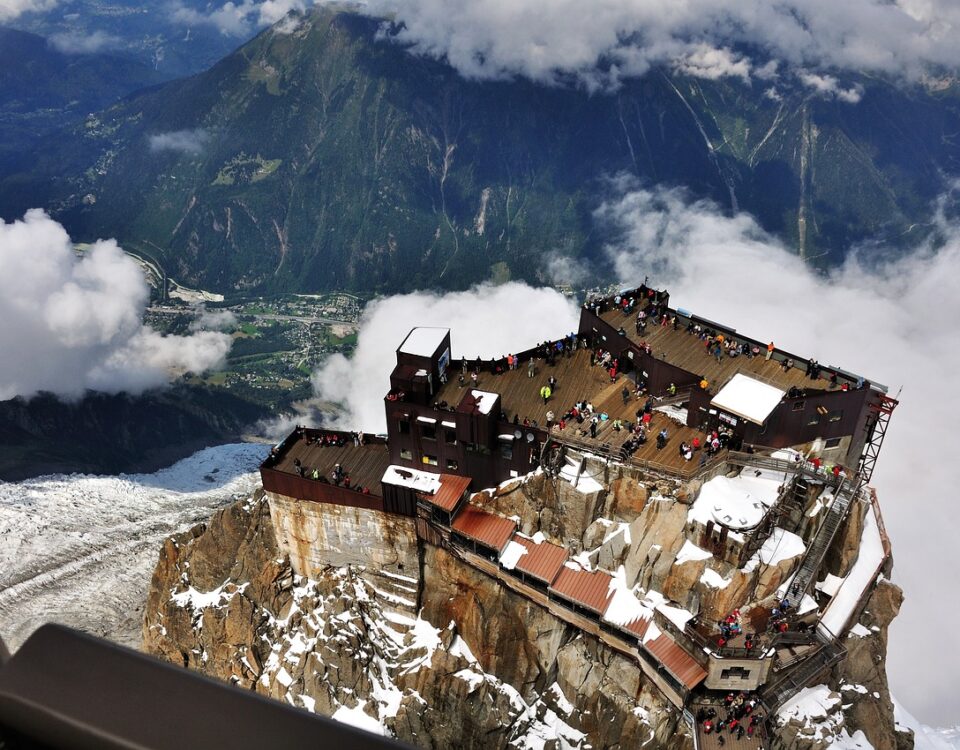UNESCO World Heritage Sites in Alps

The Alpine region is home to several UNESCO World Heritage Sites, celebrated for their natural beauty, cultural significance, and historical importance. Here are some of the key UNESCO World Heritage Sites located in the Alps:
1. Swiss Alps Jungfrau-Aletsch (Switzerland)
- Description: This site is home to the Aletsch Glacier, the largest glacier in the Alps, stretching for over 23 km. It is surrounded by iconic peaks like the Jungfrau (4,158 m), the Mönch (4,107 m), and the Eiger (3,970 m). The area showcases impressive examples of glacial formation, valleys, and high-altitude ecosystems.
- Importance: It represents the power of glaciers and how they have sculpted the landscape of the Alps over millennia. Its ecological systems, ranging from alpine meadows to barren rock, are critical for understanding climate change’s impact on mountainous regions.
- Wildlife and Flora: The area is rich in biodiversity, home to species such as the golden eagle, ibex, and marmots. Its vegetation zones show a gradient from forest to ice, providing essential habitats for many plants and animals adapted to cold and rugged conditions.
2. Prehistoric Pile Dwellings around the Alps (Austria, France, Germany, Italy, Slovenia, Switzerland)
- Description: This transnational site includes over 100 prehistoric settlements built on stilts or piles near water bodies across the Alps. These dwellings date back to between 5000 and 500 BCE.
- Importance: They offer a glimpse into early human life in the region, showcasing how prehistoric people adapted to their environments by building homes that avoided seasonal flooding. Many of the wooden structures have been well-preserved underwater, along with everyday items like pottery, tools, and jewelry, offering valuable archaeological evidence of early agricultural practices.
- Cultural Significance: The settlements show that the inhabitants were sophisticated, with advanced techniques in pottery, metalworking, and early trade networks stretching across Europe.
3. Rhaetian Railway in the Albula / Bernina Landscapes (Switzerland/Italy)
- Description: This heritage railway covers over 120 km, connecting the Swiss towns of Thusis and Tirano in Italy, crossing through the Albula and Bernina mountain passes.
- Engineering Achievement: Built between 1904 and 1910, this railway is a remarkable feat of civil engineering, using curved viaducts, tunnels, and spirals to traverse challenging terrain. It is also a scenic wonder, with views of glaciers, mountains, and lakes.
- Cultural Impact: The railway contributed to the economic and cultural development of the Alpine region, making travel accessible and linking previously remote communities.
4. Monte San Giorgio (Switzerland/Italy)
- Description: Monte San Giorgio is a pyramid-shaped mountain that rises from the landscape near Lake Lugano. It’s famous for its exceptional fossil deposits from the Middle Triassic period (about 240 million years ago).
- Importance: The fossils found here include remarkably preserved marine life, such as reptiles (e.g., ichthyosaurs, nothosaurs), fish, and crustaceans, which lived when this region was a tropical sea. The site offers insight into marine ecosystems that existed during a crucial period of Earth’s history.
- Geological Significance: The site is considered one of the best fossil records from the Triassic period, shedding light on the early stages of life on Earth after the Permian mass extinction.
5. Tectonic Arena Sardona (Switzerland)
- Description: Located in the Glarus Alps, this site is a dramatic natural laboratory for studying geological processes, especially mountain-building. It is one of the clearest places in the world where the phenomenon of thrust faulting (where older rocks are pushed over younger rocks) can be observed.
- Importance: The area provides vital evidence of the formation of the Alps, showcasing the collisions between the African and European tectonic plates. A feature known as the Glarus Overthrust makes this site unique for understanding tectonic movements and geologic time.
- Educational and Scientific Value: Geologists and students from around the world come here to study these natural phenomena and understand how mountain ranges form through plate tectonics.
6. Dolomites (Italy)
- Description: The Dolomites, often called the “Pale Mountains,” are known for their jagged limestone peaks and vibrant colors, particularly at sunrise and sunset. These mountain ranges span the northern Italian regions of Trentino, South Tyrol, and Veneto.
- Geological Significance: The Dolomites were formed from ancient coral reefs that existed during the Triassic period, making their origins marine rather than terrestrial. They are famous for their unique rock formations, including spires, towers, and pinnacles.
- Cultural Importance: The area is culturally diverse, home to Italian, Ladin, and German-speaking communities, and has a rich history of mountain climbing and outdoor sports. During World War I, the Dolomites were also a front line between Italy and Austria-Hungary, leaving behind historic mountain fortifications and tunnels.
- Tourism and Recreation: The Dolomites are now a major destination for hiking, skiing, and rock climbing, drawing visitors from all over the world for their beauty and recreational opportunities.
7. Historic Centre of Salzburg (Austria)
- Description: Although Salzburg is not strictly within the high Alps, it lies at the northern edge and is closely tied to the region. The city is renowned for its well-preserved Baroque architecture and its significance as the birthplace of Wolfgang Amadeus Mozart.
- Cultural Importance: Salzburg’s Old Town, with its iconic skyline of spires and domes, is a masterpiece of urban design, developed under the patronage of the archbishops who ruled it as a city-state until the early 19th century. The city is also famous for the Salzburg Festival, one of the world’s most prestigious classical music festivals.
- Scenic Backdrop: The Alpine mountains, including the Untersberg and Gaisberg, provide a stunning natural backdrop to this historic city, blending cultural and natural heritage.
8. Blaenavon Industrial Landscape (Switzerland)
- Description: Situated near the Welsh Alps, this site captures the industrial heritage of the 18th and 19th centuries. Blaenavon is recognized for its role in the early development of the iron and coal industries, which were critical to the Industrial Revolution.
- Cultural Impact: While not traditionally an Alpine area, this site connects to the broader European industrial history and the transformation of mountain landscapes through industry and human settlement.
9. Wachau Cultural Landscape (Austria)
- Description: Though located in the Danube Valley and not directly in the Alps, the Wachau is a beautiful region that lies between Melk and Krems. It is renowned for its terraced vineyards, picturesque towns, and medieval castles.
- Natural Beauty: This cultural landscape is framed by hills that lead toward the Alps, giving it a unique blend of natural and cultural beauty. The region’s terraced vineyards are an impressive example of human adaptation to mountainous landscapes.
10. The Great Spa Towns of Europe (Austria, Italy)
- Description: Several towns in and around the Alps are part of this transnational UNESCO designation, which celebrates the historic spa culture that developed between the 18th and early 20th centuries. Notable Alpine towns include:
- Bad Ischl (Austria): Known as the summer residence of the Habsburg Emperor Franz Joseph, Bad Ischl played an important role in spa culture.
- Merano (Italy): Located in South Tyrol, Merano was a favored resort town for European aristocracy and is known for its mild climate and therapeutic waters.
- Cultural Importance: These spa towns symbolize Europe’s wellness traditions, where people came to “take the waters” for health benefits. They also highlight the connection between human health, natural resources (like thermal springs), and the healing properties of the mountainous environment.
These UNESCO sites in the Alps reflect the region’s combination of natural beauty, rich history, and scientific significance. They attract scientists, historians, nature enthusiasts, and travelers alike who are eager to explore their unique contributions to human and natural heritage.



